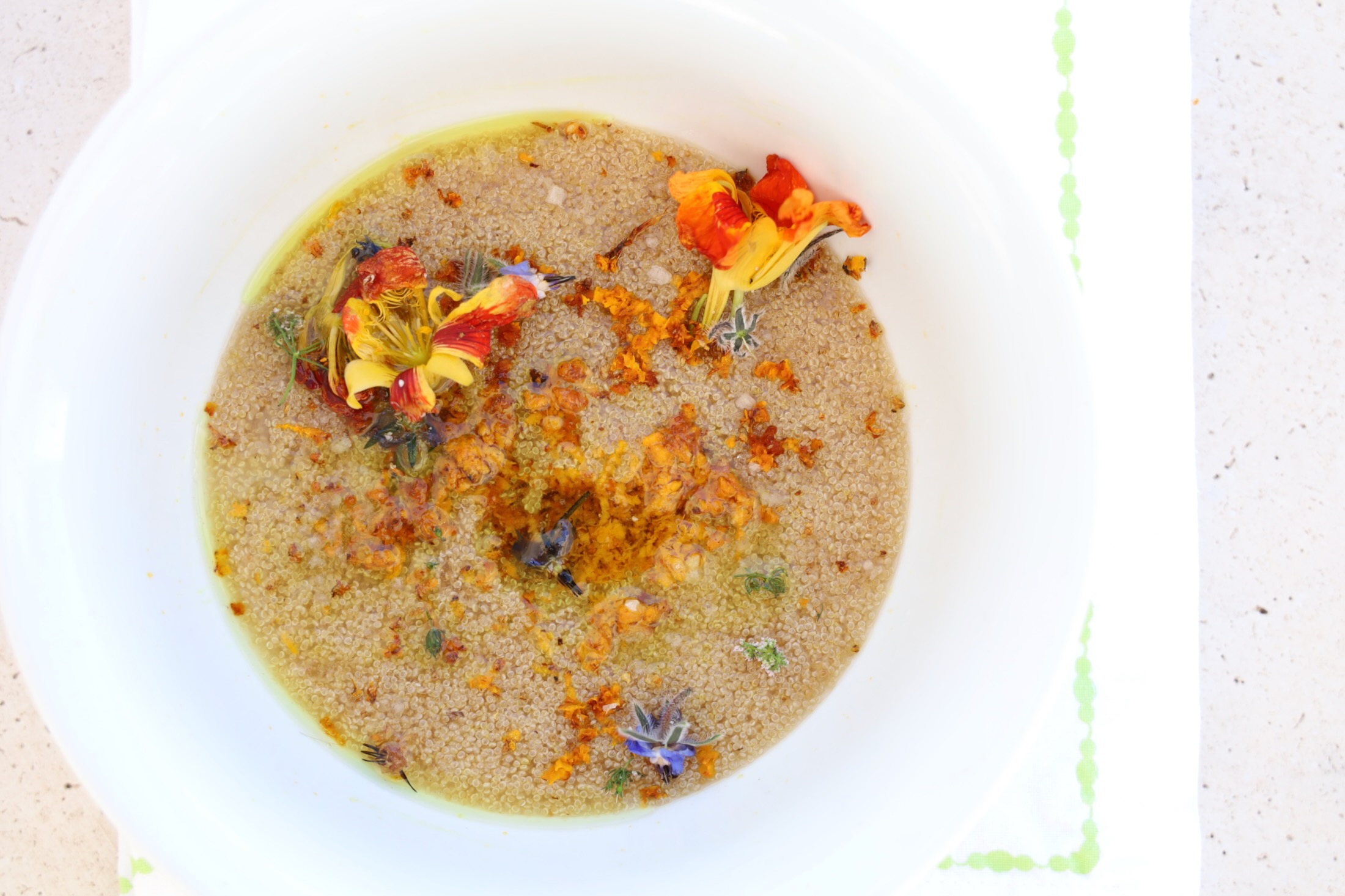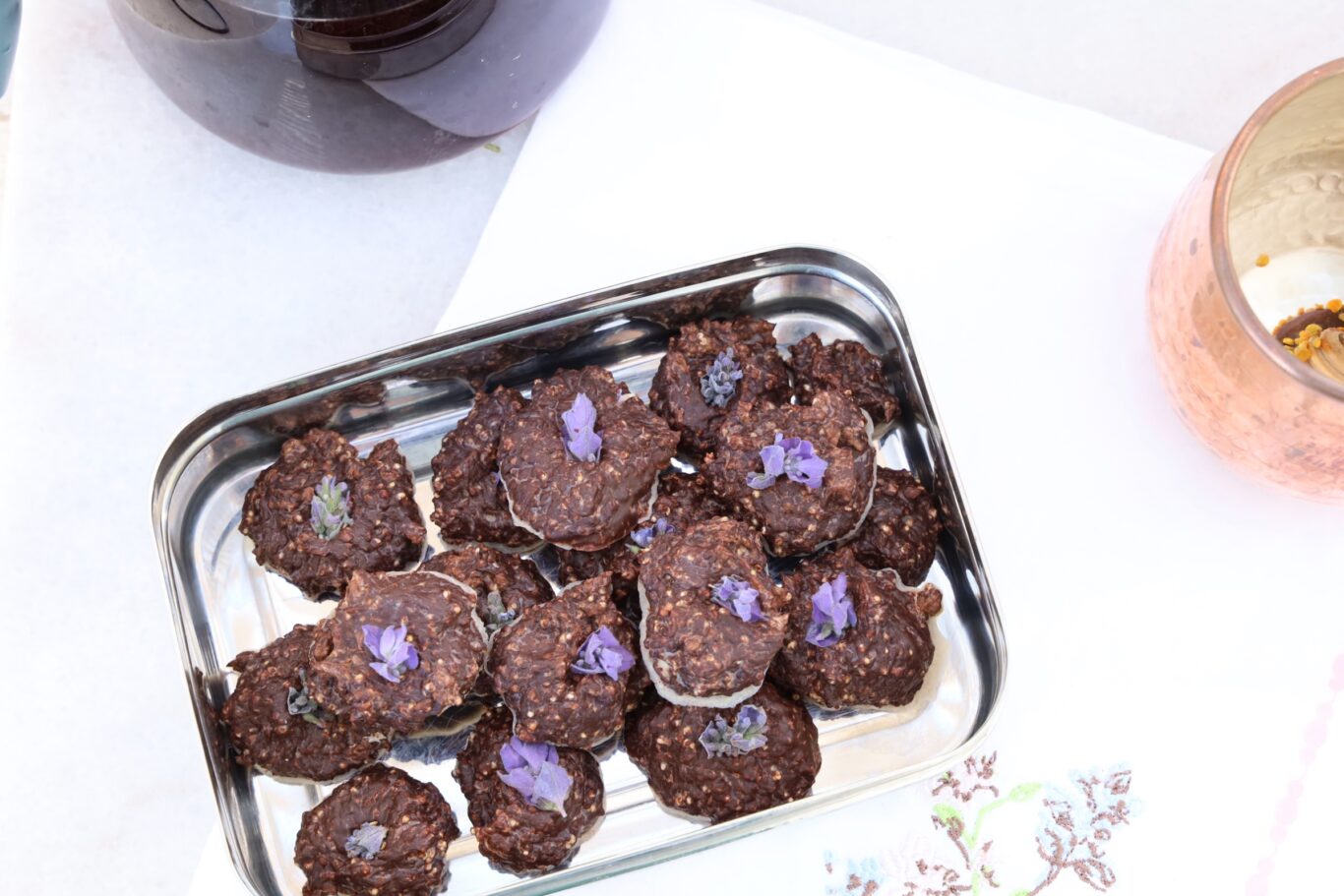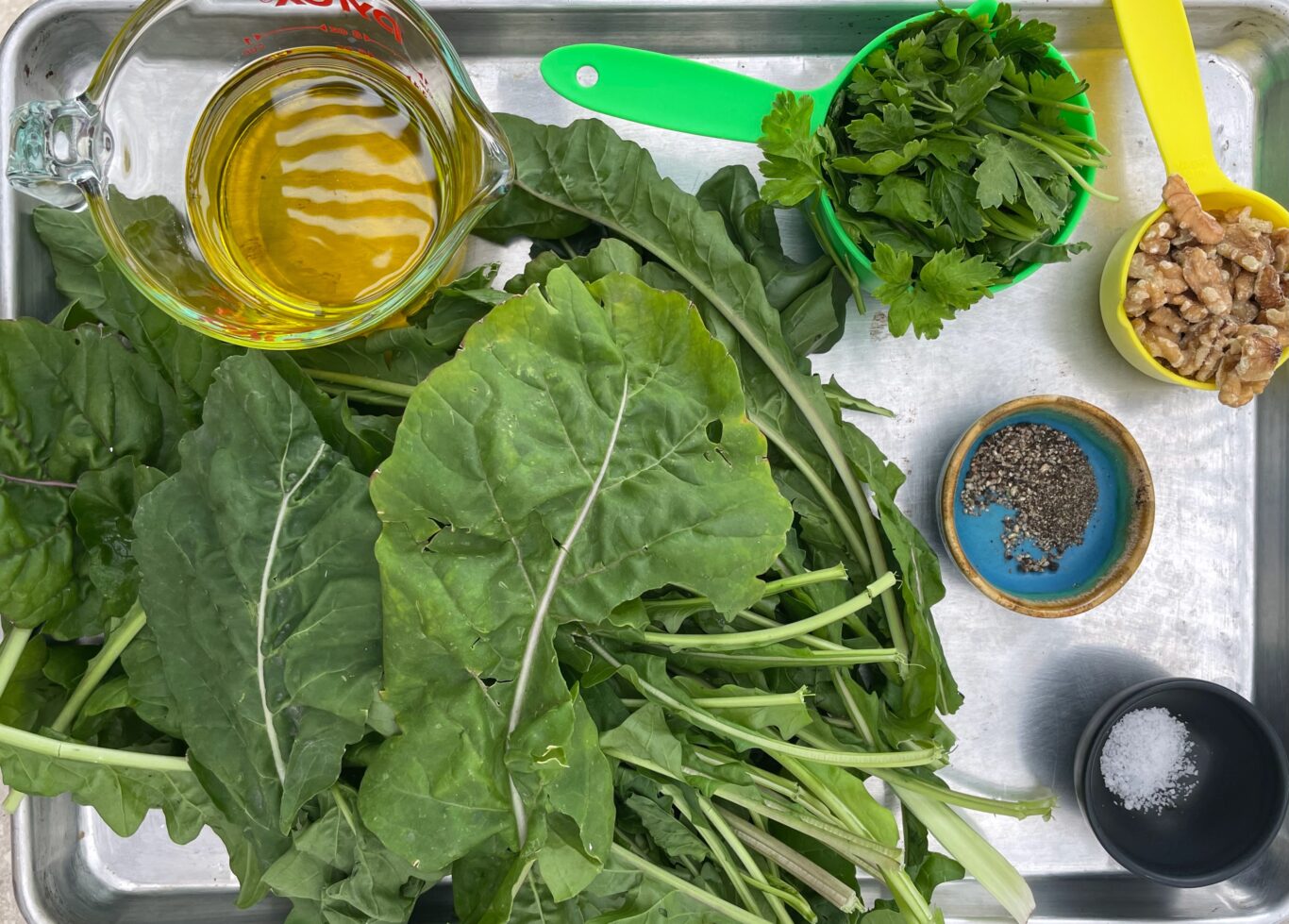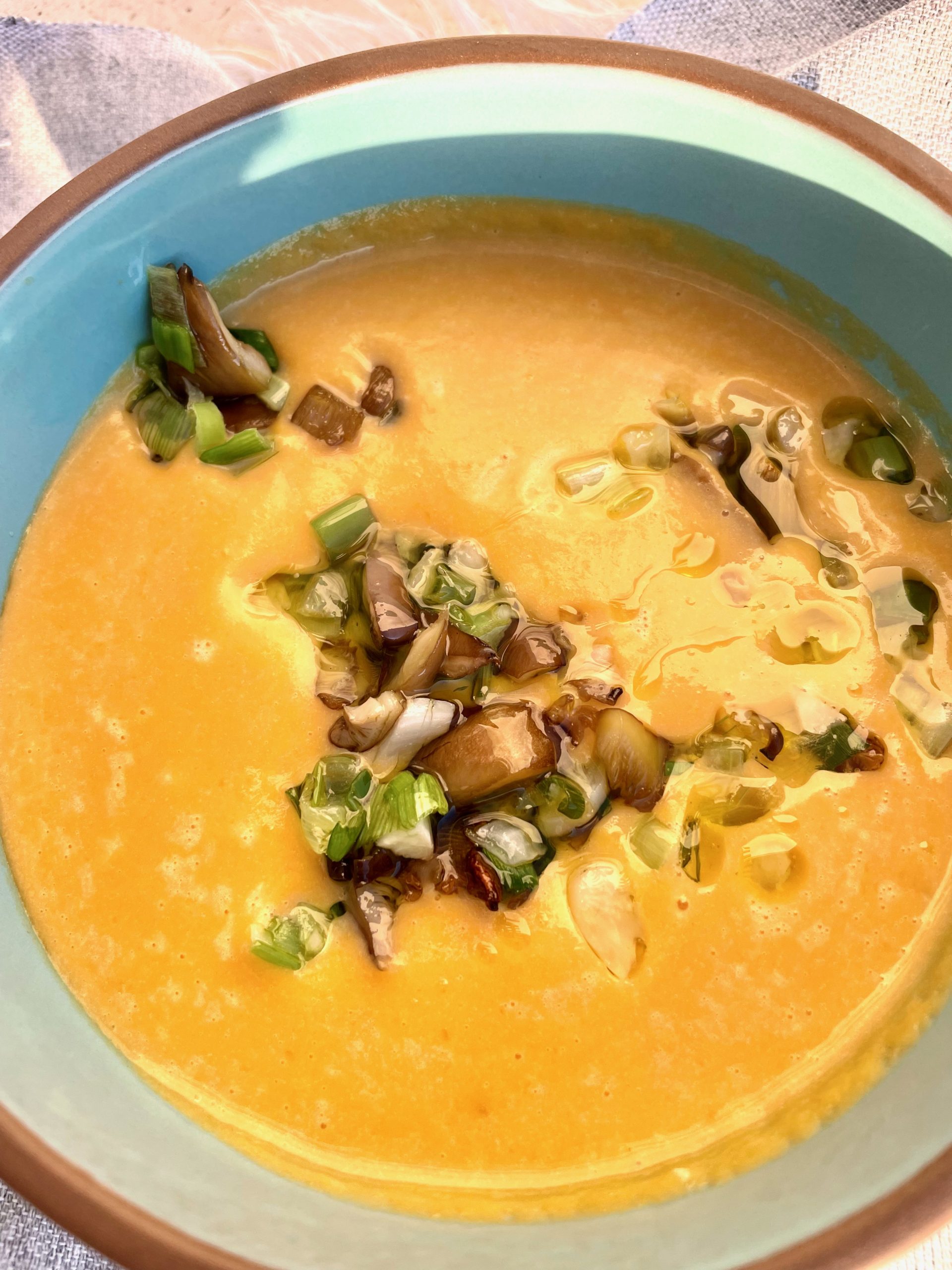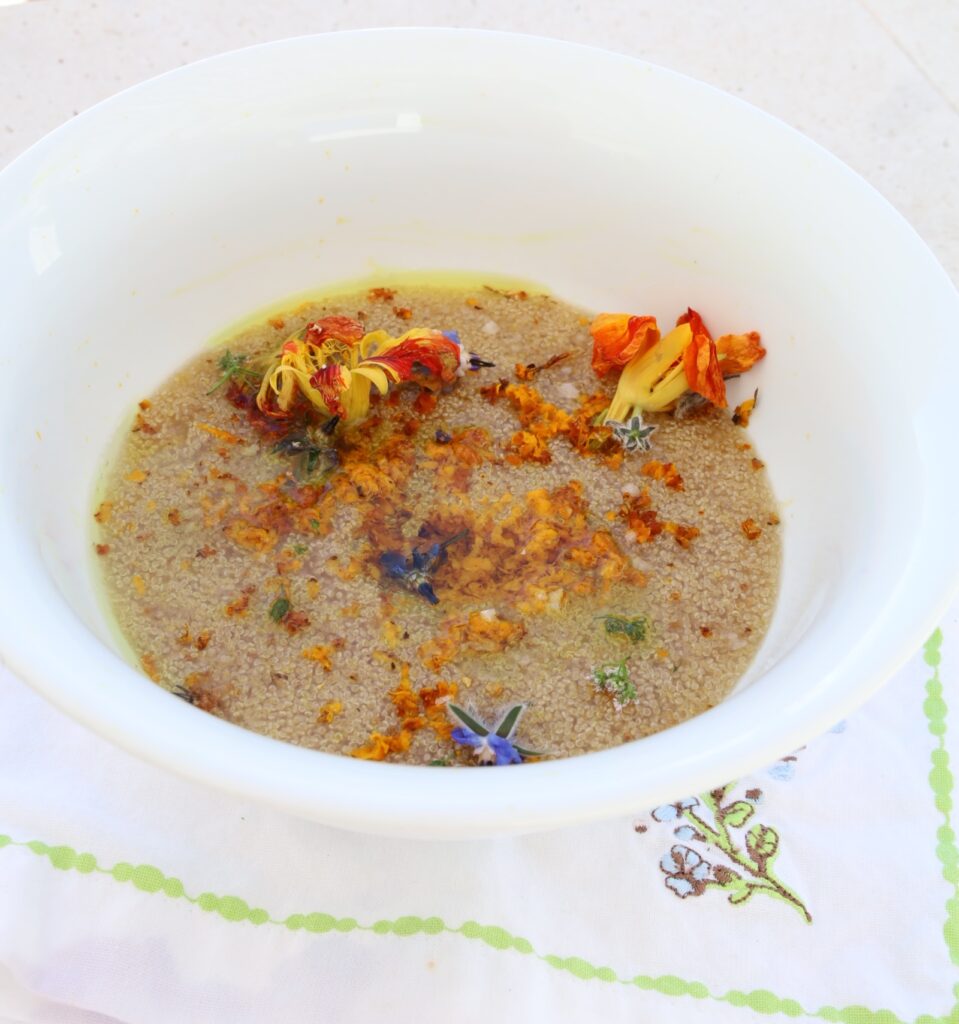
Understanding Carbohydrates and Blood Sugar: A Balancing Act
One gram of carbohydrate from pure sugar or high fructose corn syrup impacts the body differently than 24 grams of carbohydrate from a mixed food or a different carbohydrate type. Thus, it’s not just about the type of carbohydrates but also the quantity that matters. The metric that captures this nuanced view is called the glycemic load, which offers a more accurate picture of how carbs may affect your blood sugar than the more commonly referenced glycemic index.
Take, for example, 5 grams of carbohydrate from glucose compared to 30 grams from a fiber-rich food source. The impact on blood sugar can be surprisingly different, emphasizing why the overall nutrient profile of a food is crucial when evaluating its glycemic load.
It’s also worth noting that foods high in fat and protein can reduce a meal’s glycemic load, underscoring the importance of a balanced diet. Even a high-glycemic load meal can be moderated by adding some nuts and fats, instantly reducing its impact on your blood sugar.
Understanding the relationship between carbohydrates and blood sugar can seem complex, but here’s a straightforward tip: focusing on fiber content is a highly effective way to gauge the healthiness of a carbohydrate, without getting bogged down by numbers. For instance, while carrots have a high glycemic index, their high fiber content means they’re not a threat to your blood sugar levels. Similarly, fruits, despite their sweetness, are generally fine because of their fiber—unless, of course, you find yourself downing two pounds in one sitting, especially if you struggle with blood sugar issues!
Did you know? Whole grains generally impact your blood sugar less than fruits, thanks to their complex carbohydrate structure.
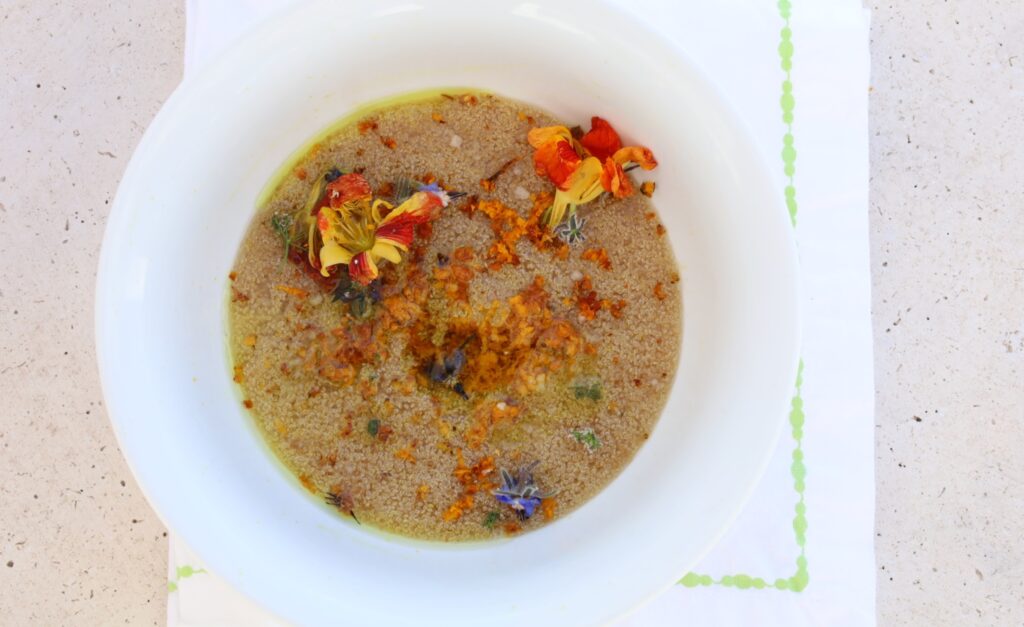
Remember, managing your blood sugar effectively is a key player in controlling weight gain and promoting weight loss. This is true regardless of whether you’re fighting obesity or maintaining a trim figure. Frequent and significant drops in blood sugar lead the body to store fat, as it anticipates longer periods without food. For example, consuming a sugary Icee might cause a sharp drop in blood sugar later, signaling to your body a false alarm of starvation. Your body doesn’t know that a hearty meal is just around the corner; it only perceives the immediate drop as a crisis, prompting you to eat more.
This mechanism involves not just insulin and glucagon but also the hormones leptin and ghrelin, which are released from fat cells and signal hunger to the brain. So, gaining weight isn’t entirely in your hands—or is it? While our bodies play tricks on us, prompting us to eat more, we can outsmart these hormonal cues. Choosing a fruit smoothie or fresh vegetable juice with some guacamole instead of a pastry can make a big difference. You can combat the urge to eat the wrong foods by filling up on vegetable tacos, hearty bowls of vegetable soup, or fruit topped with whole grains. It is nearly impossible to overeat on healthy food. It is not foods like papaya or watermelon that cause weight gain, it is foods with added sugar, refined carbohydrates like white bread and pasta…and the wrong types of fats.
To maintain a healthy diet, focus on consuming nutrient-dense, whole foods rich in complex carbohydrates, such as fruits, vegetables, and whole grains. Limit your intake of foods high in added sugars or refined carbohydrates like processed foods, sweets, and sugary drinks. Also, be mindful of portion sizes and strive for balanced meals that include a mix of carbohydrates, proteins, and healthy fats.
So next time you’re about to reach for that pastry, remember: your body might be fooling you, but with the right food choices, you can take the reins back and steer towards better health!
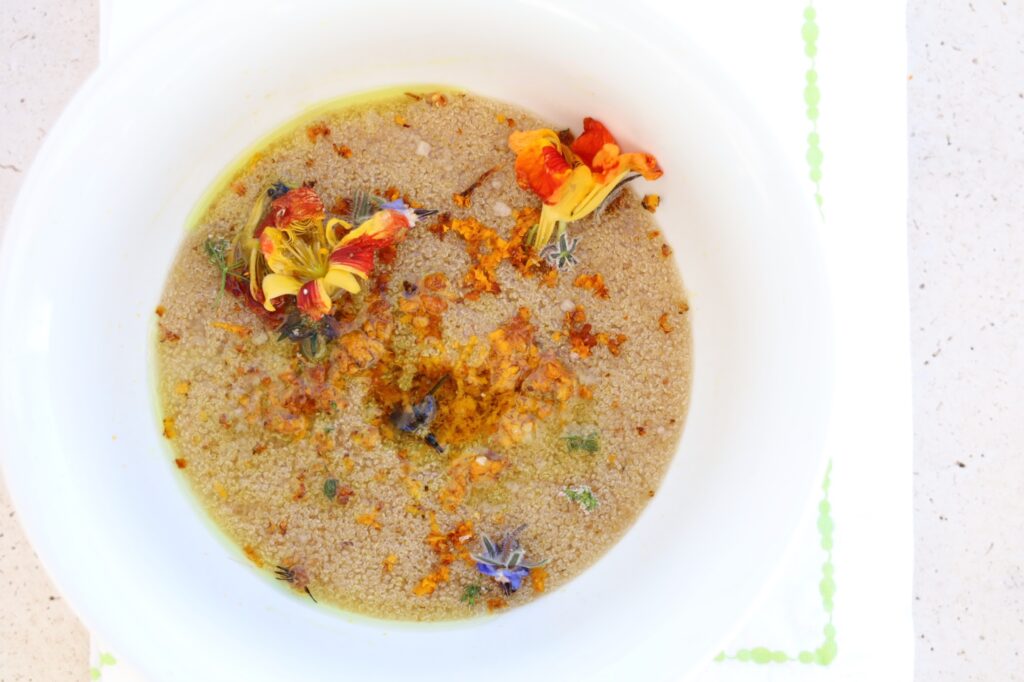
Grains are cooked in a ratio of 1 part grain to 2 parts water, generally.
If you want your grain to be softer, add another 1/4 c water for every cup of water. So the ratio is 1/2 c grain: 1 1/4 c water. This is the best way to cook amaranth. If you want your amaranth to be a thick porridge try a bit more water. Amaranth is a grain that likes to be stirred as you cook it occasionally because you want the sticky texture, unlike the case of other grains.
1/2 c amaranth
1 1/2 c water
Brink amaranth and water to a boil, reduce heat and simmer uncovered, or partially covered for 20-30 minutes, stirring every 5-10 minutes (3 times) during cooking. Remove from heat. Amaranth sticks easily to your pan so be sure and give yourself some flexibility and add an extra eight cup (2 T) water during cooking if you cannot attend your pot for stiring.
Top with grated fresh turmeric, ghee, coconut oil, and toasted or raw seeds to add extra protein and healthy fat. This is an excellent way to start the day when your brain needs carbohydrates after an overnight fast and you want to maintain your blood sugar as stable for 3-5 hours. It is important to add a fat or seeds to obtain this length of time. Granted, the time here is also dependent on your calorie needs and metabolism, it may be that you need to eat again in 3 hours, or a meal like this may last you 6.


